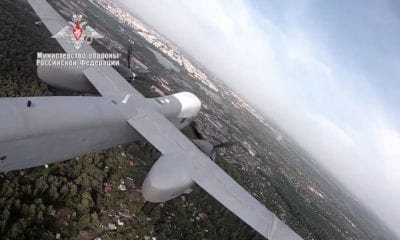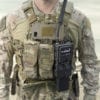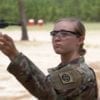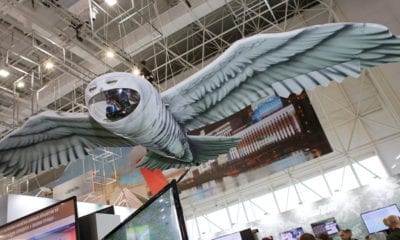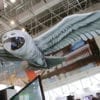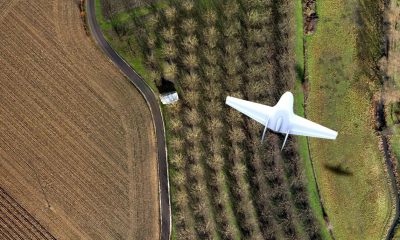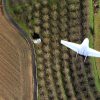AI
Junior Navy Technicians Create Swarm Capability for Unmanned Warfighters
A team of STEM college graduates from Dahlgren, Virginia is in the news lately – for developing a new swarm capability for warfighters. What started as a fun project for the team of seven students resulted in a whole new swarm capability for drones which will make a lot of things possible in the future.
Over the past six months, this team of students at the Naval Surface Warfare Center Dahlgren Division (NSWCDD) known as the ‘Sly Fox Mission 23 team’ has been using artificial intelligence (AI) and machine learning to develop the unmanned vehicle swarms that can counteract potential threats of the swarming unmanned systems.
Going Through the Obstacles, Challenges and Solutions
At first, the team of junior scientists and engineers were strangers to each other – not knowing their unique skills as well as mutual ones. Put in a room House style with a mission to do what it takes to ensure the survival and success of the Sly Fox Mission, they took got to know each other and quickly unsurfaced their best strengths.
The result from this is now obvious – an urgent warfighter need for an autonomous swarm capability is now a reality. After encountering many obstacles, the junior engineers and scientists started brainstorming new ideas and developing the new capability known as the Autonomous Remote Tactical Engagement Multi-Domain Intelligence Swarm (ARTEMIS).
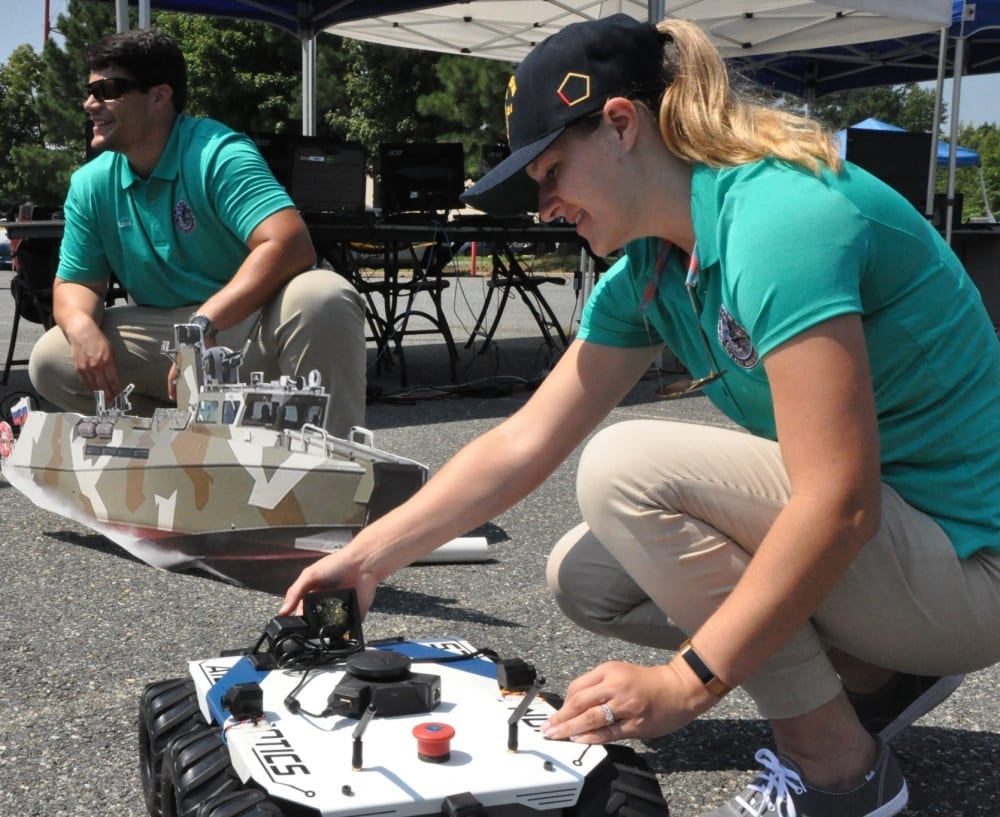
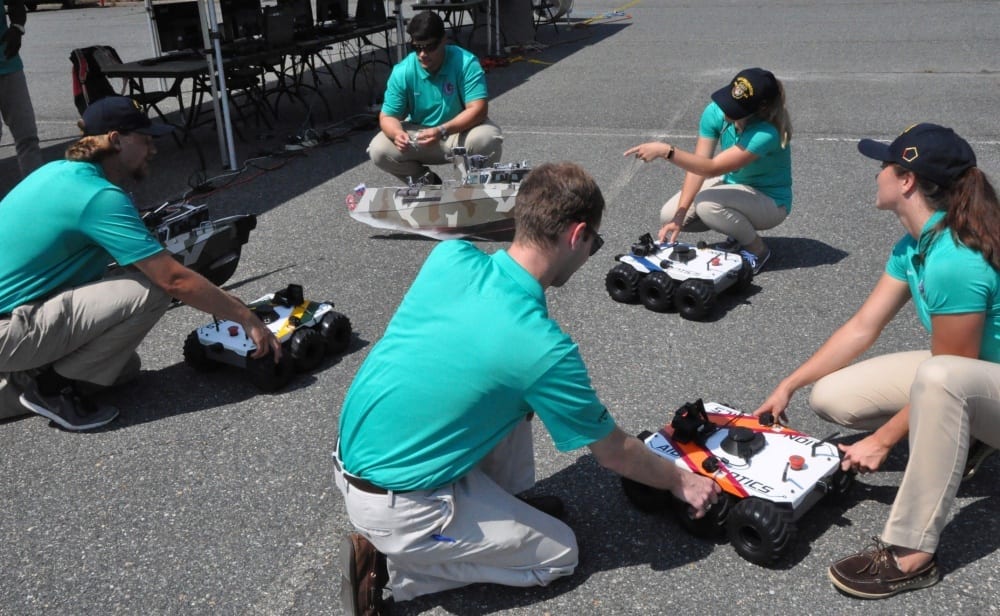
Image Credit: John Joyce
Developing the ARTEMIS Capability for Quick and Effective Search and Detection of Enemy Targets
The ARTEMIS capability has been a real breakthrough. Most of its benefits center around quickly and effectively searching regions of interest and detecting enemy targets.
As one of the NSWCDD engineers named Philip Costello stated:
“A major challenge we faced with the mission was going from a UAV (unmanned aerial vehicle) focused project to a UGV (unmanned ground vehicle) focused project,” said NSWCDD engineer Philip Costello, recounting the lack of time to meet a sudden requirement related to UAV testing. “That change forced the team to come up with some novel solutions to make the UGVs capable of completing the same mission objectives as the UAVs.”
However, Castello knew that there would be challenges – which is why he worked hard through long hours and under high stress while developing the new capability along with his teammates.
A Program That Intends to Uplift the Workforce with New Inventions
Meanwhile, the Sly Fox program falls under the NSWCDD Naval Innovative Science and Engineering (NISE) program that is intended to uplift the science and engineering workforce with new inventions. Comprising of junior scientists and engineers who are willing to apply their talents to known technology gaps, this unit is part of the National Defense Authorization Act Section 219 legislation that allows warfare centers and research labs to ‘apply money invested in their organizations to research engineering and technology’.
Along with the ARTEMIS capability, the junior scientists and engineers also created a monitoring system that tracks the emotional and social well-being of each team member as well as the team as a whole. The results of this system will be produced bi-weekly – and it could be used as a great way to pinpoint the high-stress periods of the project and keep the team chemistry at the optimal levels.
The Team Believes that the ARTEMIS Capability is Fully Scalable
With all of these achievements, the team of students at the NSWCDD showed the audience how UGVs, coupled with artificial intelligence as well as machine language, can carry out numerous missions along with the warfighter.
Even though the use of UGVs meets the requirements that were set forth by the Mission 23 team, the group of junior experts envisions a more complex system that can be expanded (to the aerial domain) and used for numerous purposes in the future.
In the Sly Fox Mission 23 brochure that they wrote and published, the team predicts numerous uses for the project, stating:
“As more world powers continue research and development of unmanned systems and swarm behaviors, warfare will become significantly more autonomous and swarm versus swarm oriented. Components of ARTEMIS serve as a proof of concept for the use of artificial intelligence and machine learning in reconnaissance and combat.”
Encouragements Coming from Every End in The Industry
After the Mission 23 concluded, the team members went back to their studies, supporting technological programs with new knowledge – as well as fame coming from the project that truly changed their lives – and the warfighter’s capabilities as we know them.
Many teachers, mentors and experts from the university as well as the entire industry have positively advised and encouraged the team to keep on studying and collaborating in similar projects, again showing respect to the Dahlgren university and its peers.


